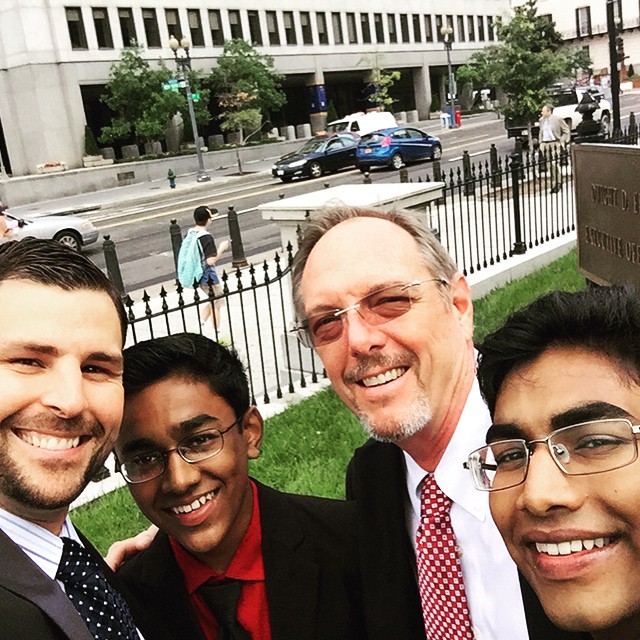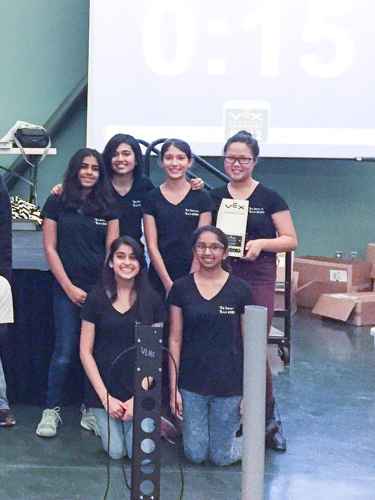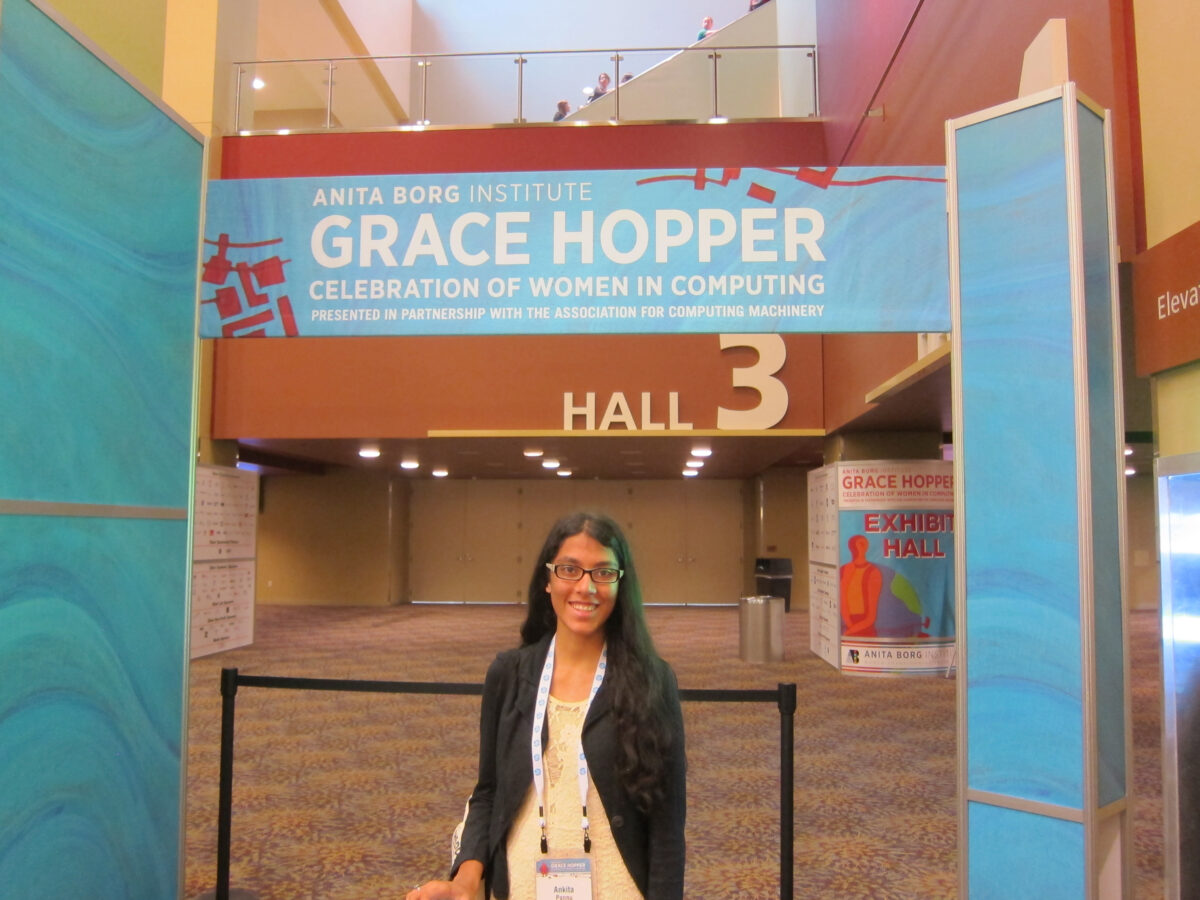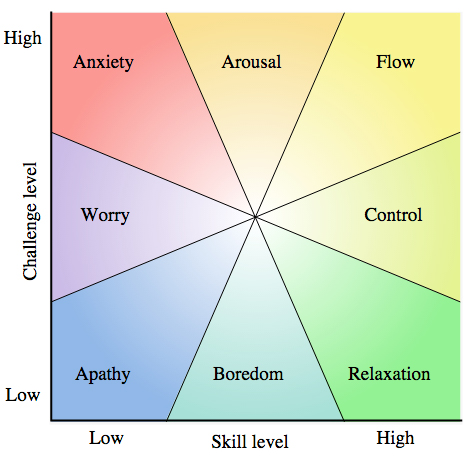It was a special day for some grade 3 language arts students who became the first at Harker to use virtual reality (VR) technology as a teaching tool in the classroom.
Technology
Teachers use LID grants to improve and broaden teaching methods
Every summer, Harker’s learning, innovation and design department offers career development opportunities to Harker teachers looking to broaden their teaching methods and areas of…
Harker Innovates with Technology for the Classroom and Beyond
This story was originally published in the Summer 2017 edition of Harker Magazine Technology is bred in the bone at Harker. Classrooms have enhanced…
[UPDATED] Students, Teacher Present at White House Career and Technical Education Event
UPDATE: July 1, 2015 Yesterday, at the White House, the U.S. Department of Education and the Association for Career and Technical Education (ACTE) awarded…
Lower School Students Become Filmmakers in Exciting After-School Classes
This article originally appeared in the spring 2015 Harker Quarterly. Two afternoons a week, the lower school’s room 509 gets transformed into a movie…
Online Courses Allow Students to Study with Peers Around the World
This article originally appeared in the winter 2014 Harker Quarterly. In spring 2012, Harker began offering online classes to students through the Global Online Academy,…
Infinities Robotics Team Wins Championship at Central Valley VEX Robotics Challenge
Last week, grade 9 students Anooshree Sengupta, Mona Lee, Maya Kumar, Aria Coalson, Aliesa Bahri and Jessica Susai – collectively known as the Harker…
Computing Student Invited to Prestigious Grace Hopper Conference
This article originally appeared in the winter 2014 Harker Quarterly. In October, more than 8,000 visitors poured into the Phoenix Convention Center in Arizona. For…
Trendsetting: Inspiring Girls Who Code
This article originally appeared in the winter 2014 Harker Quarterly. By Mayra Flores De Marcotte It’s identified as the gender gap and has been a…
Flow and Gaming in Education – Special to Harker News
This article first appeared on the Web log for the American Association of School Librarians. It is reprinted here by the kind permission of…





